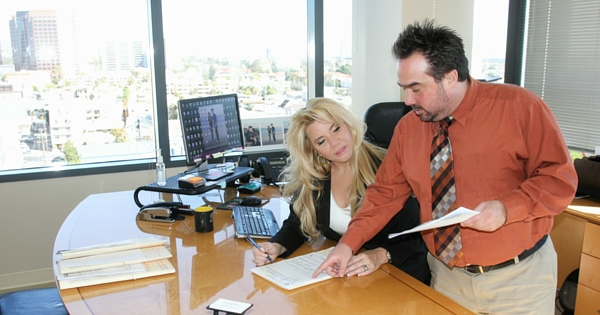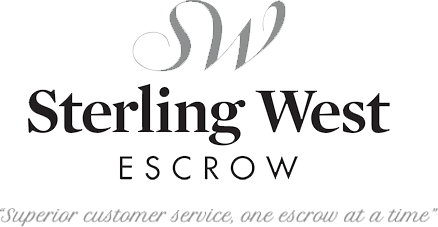Documents To Sign When Buying a House
 Anyone who has ever purchased a house is familiar with the number of documents that must be signed in order to complete the transaction and obtain the keys to the property after the escrow process is finalized (read more on how to choose a trustworthy escrow company first). First-time buyers, however, are often surprised by the amount of paperwork that is involved and may be confused about the purpose of each document. Buying a house in Los Angeles is certainly very exciting. Still, it is important to know what to expect in terms of necessary paperwork in order to be sure you are fully prepared for the process you are about to undertake.
Anyone who has ever purchased a house is familiar with the number of documents that must be signed in order to complete the transaction and obtain the keys to the property after the escrow process is finalized (read more on how to choose a trustworthy escrow company first). First-time buyers, however, are often surprised by the amount of paperwork that is involved and may be confused about the purpose of each document. Buying a house in Los Angeles is certainly very exciting. Still, it is important to know what to expect in terms of necessary paperwork in order to be sure you are fully prepared for the process you are about to undertake.
The Note
The note is used to describe the terms of the loan to the lender, which allows the lender to transfer and collect the debt. As evidence of your debt to the lender, the note will list the amount of debt that is owed, the interest rate and the time and place that the debt must be repaid.
The Mortgage
The mortgage is an agreement which defines the property as collateral for the loan. This is recorded with the deed in the county recorder's office and is a lien against the property. This will require that the owner still owns an interest in the property up to the amount that is outstanding. If the loan is not repaid by the buyer in the agreed timeframe that is listed in the terms, the lender can choose to foreclose the house and sell it.
Loan Application
This document covers the original information that was included on your application. Before closing, it needs to be reviewed, updated as necessary and signed. Any changes that have occurred with the buyer's employment history or financial situation will need to be communicated to the lender before the loan application is signed.
Closing/Lending Disclosure
As of October 3, 2015, buyers who apply for a loan will receive a closing/lending disclosure document, which replaces the HUD-1 Settlement Statement, the Good Faith Estimate, and the Truth-in-Lending form that was previously used. This makes it easier to understand the mortgage loan transaction and all of the details that are included.
Deed
The deed is the official document that transfers ownership of the home from the seller to the buyer. Although the language that is used in the documents is determined by each individual state, the buyer has the freedom to decide if they want to take the title individually, in joint tenancy or in trust. Stored in county records, the deed can be used to determine the name of the property owner.
Bill of Sale
This document transfers any and all personal items the sellers choose to leave on the property to the buyers. These items may include, but are not limited to, appliances, curtains and lights. All of the items to be transferred are clearly listed in the bill of sale.
Affidavit of Title
The affidavit of title is a sworn, notarized document from the seller that lists any title defects that may be present in the home, and includes liens, outstanding contracts for the sale of the property, boundary line disputes, leases, and any work that is needed on the property that may create liens. The title and name of this document varies by state.
Transfer Tax Declarations
Real Estate taxes are one of the many hidden closing costs you might not know about when buying a house. Your transfer tax declarations disclose the amount of these taxes with the purchase price of the property. Both the buyer and seller will need to sign these declarations.
How Sterling West Can Help
Sterling West Escrow has over 25 years of experience in real estate industry. We understand that the process of buying a house can be stressful, and we are here to help keep you organized and ensure that everything goes as smoothly as possible. Contact us today - we look forward to helping you with all of your current and future escrow needs.
